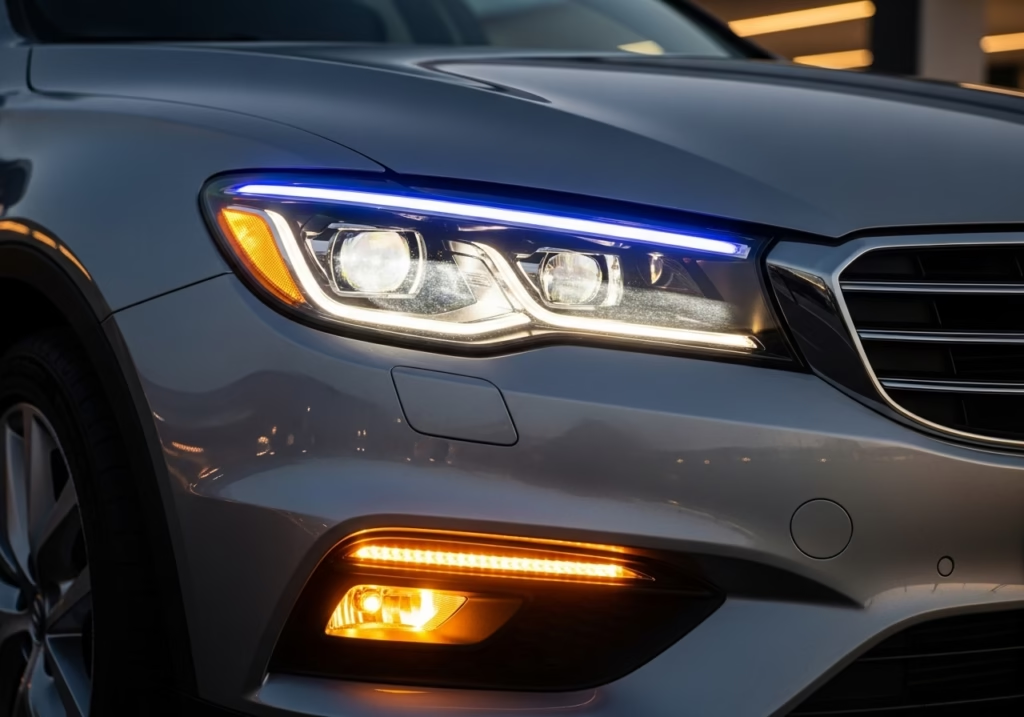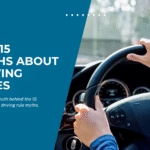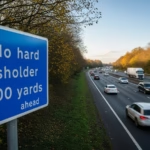Car lights are not just for visibility they’re vital for communication and safety.Whether you’re driving through fog, heavy rain, or a dark countryside road, knowing when to use different types of car lights can make the difference between a safe journey and an accident.
1. Headlights
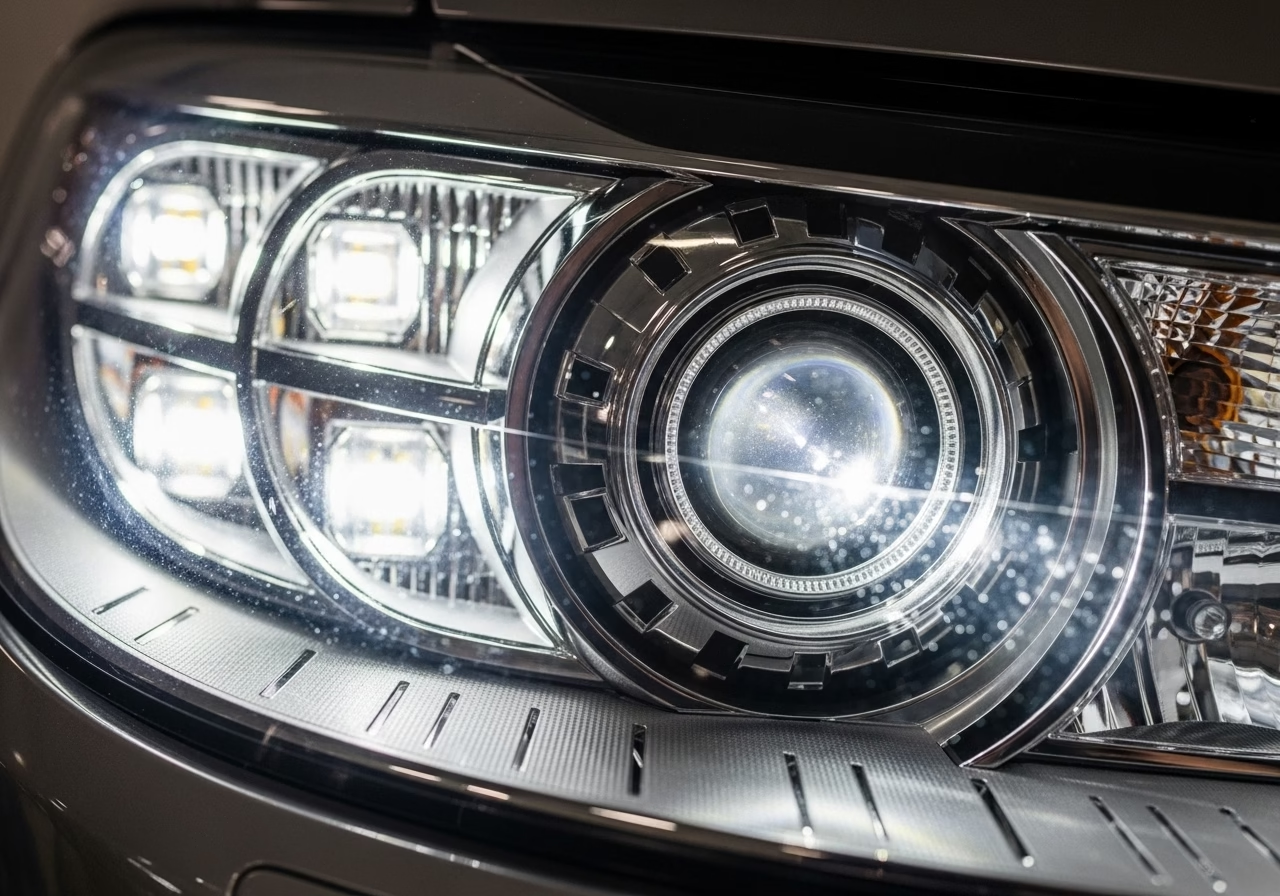
2. Indicator Lights (Turn Signals)
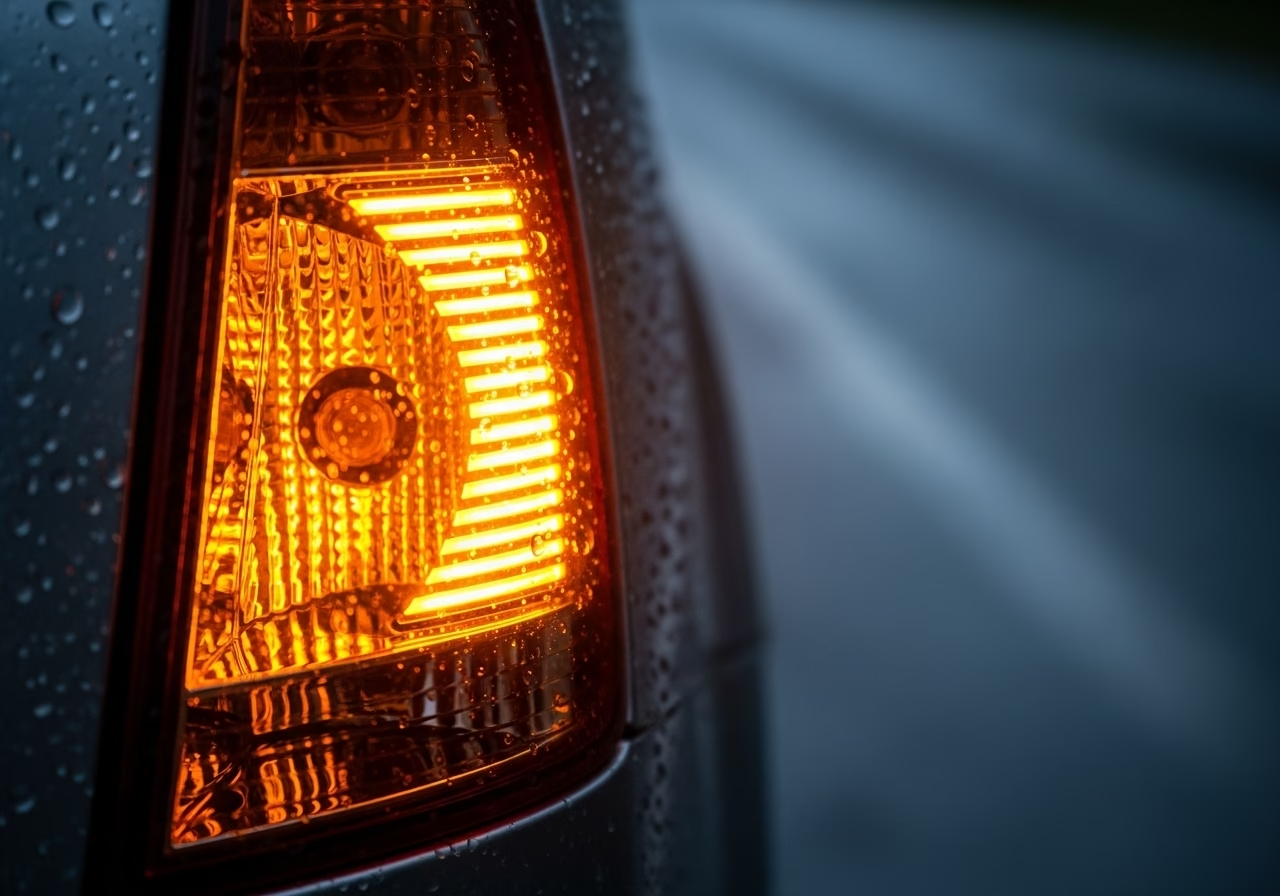
3. Fog Lights
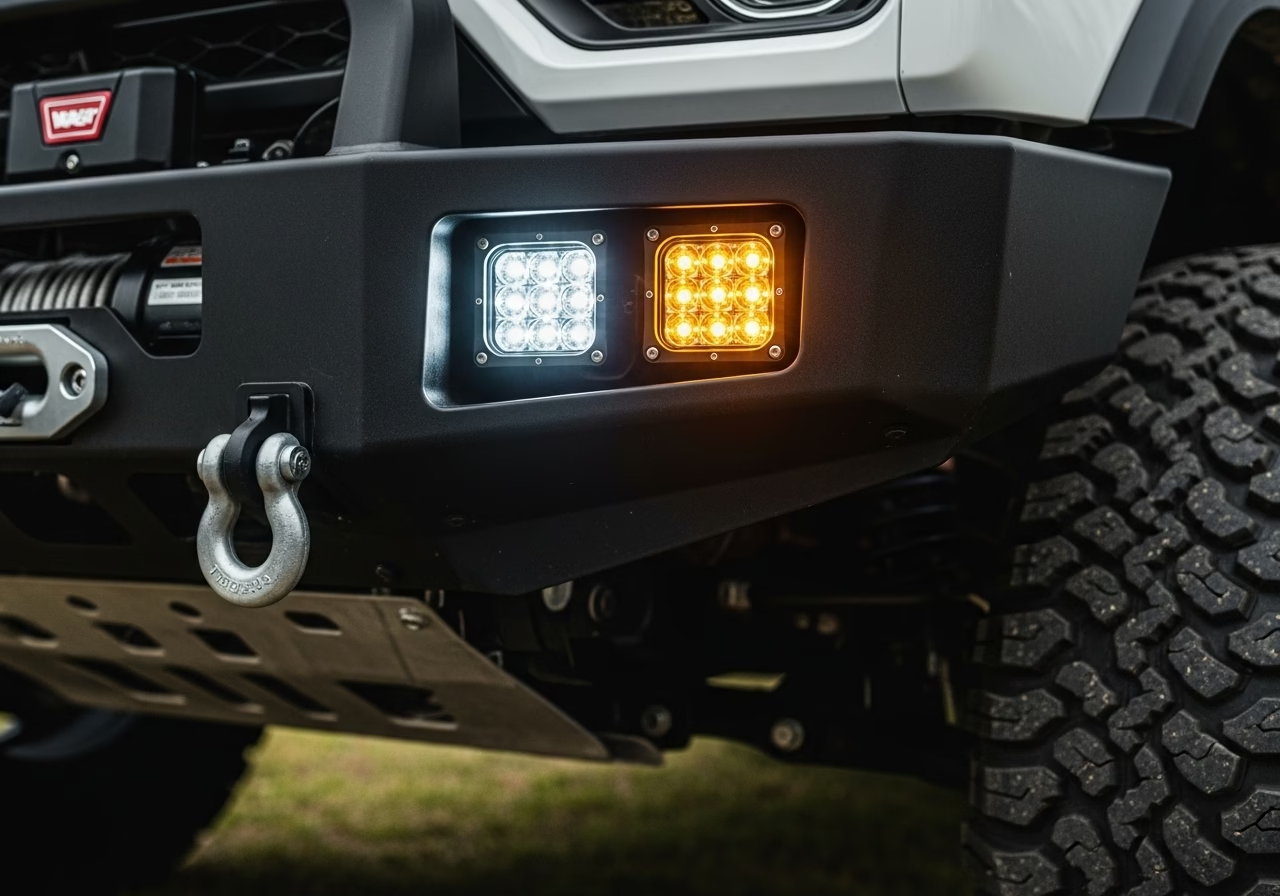
4. Daytime Running Lights (DRLs)
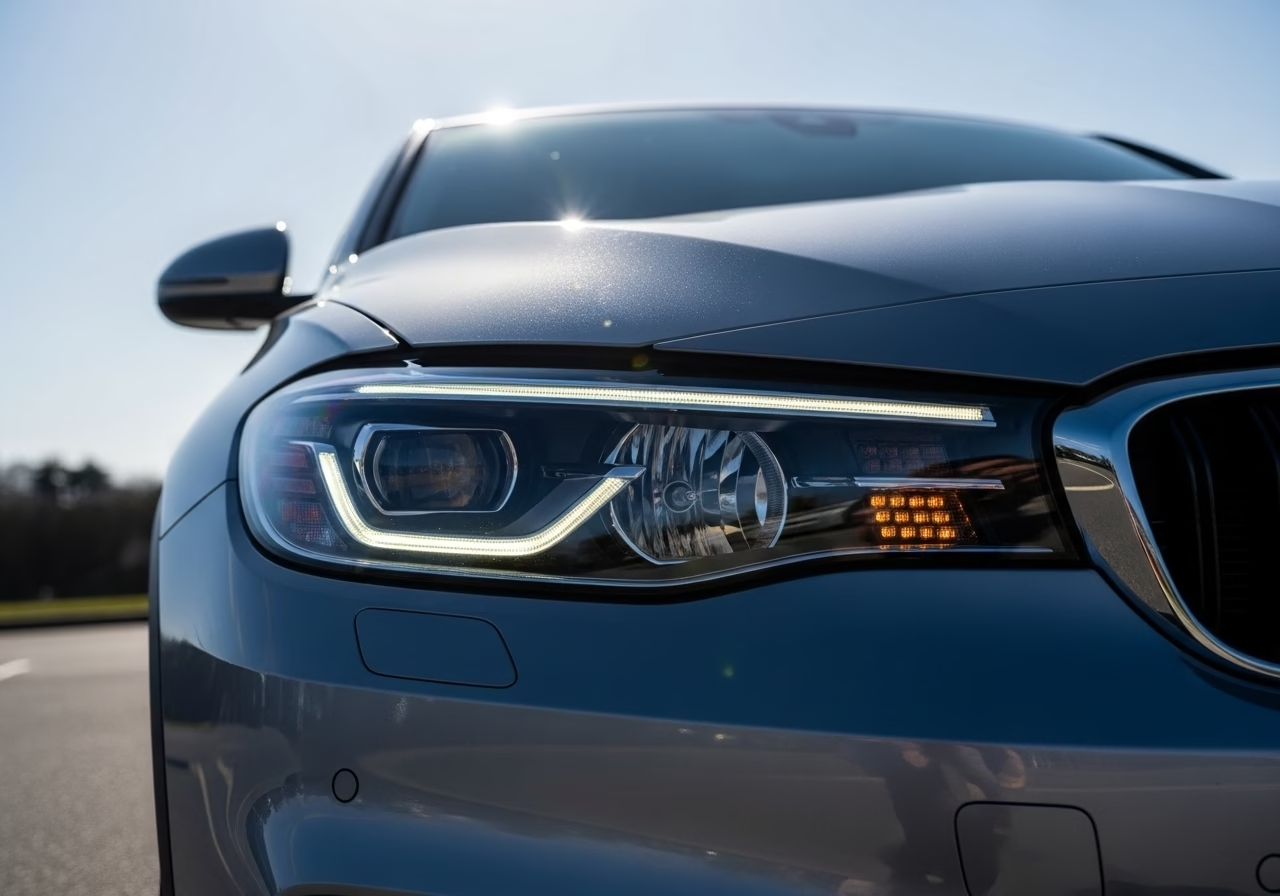
5. Reverse Lights

6. Hazard Warning Lights
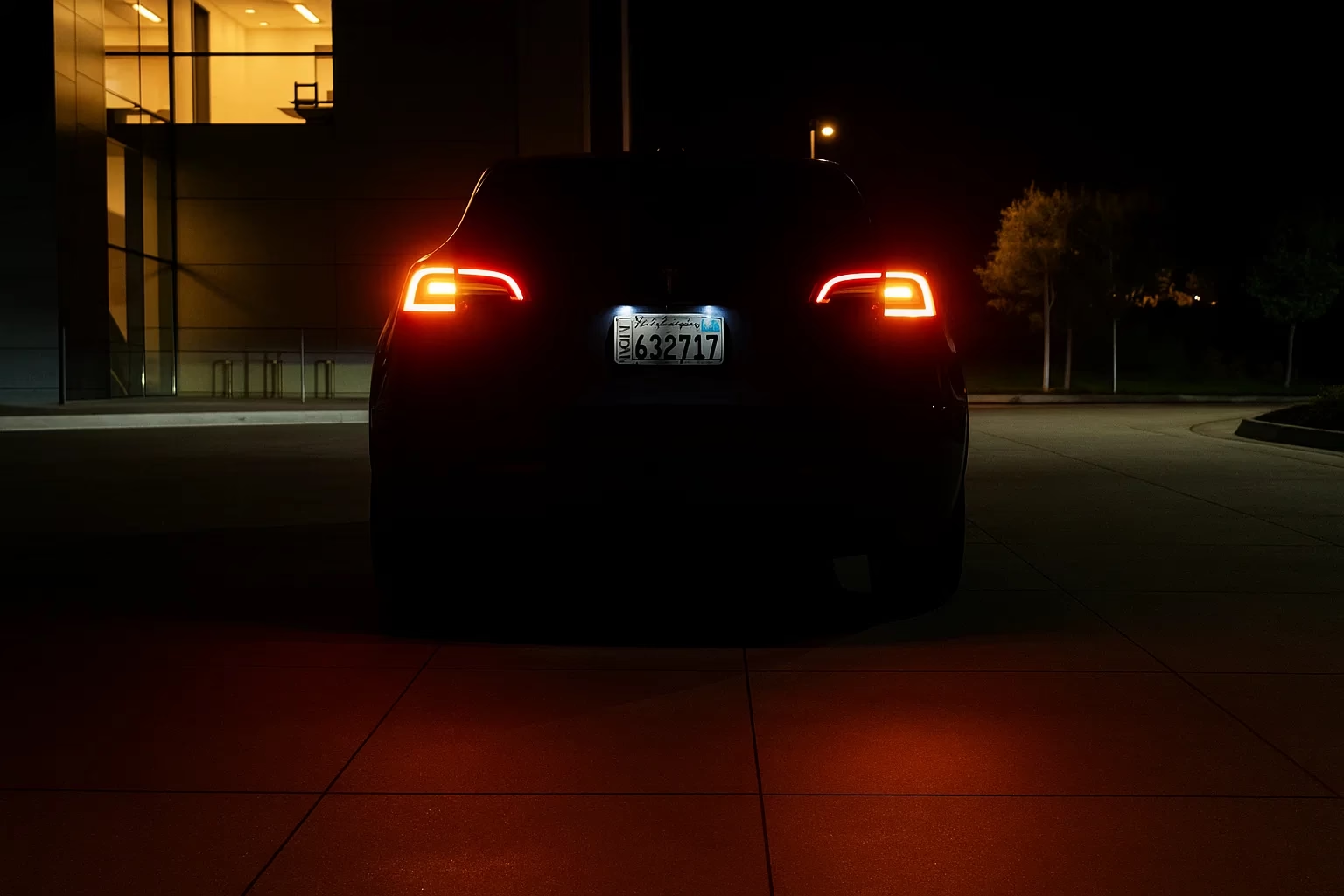
7. Tail Lights
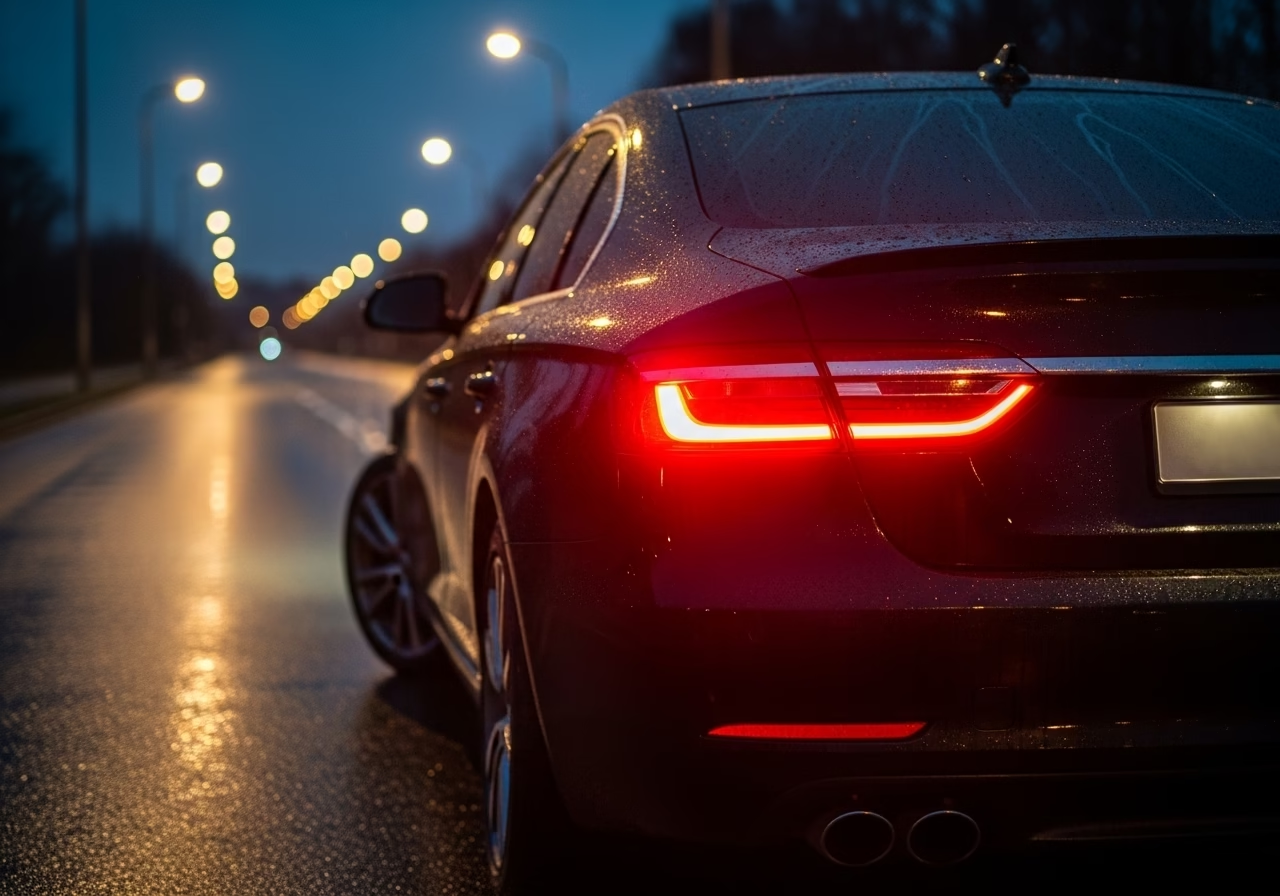
8. Interior and Dashboard Lights
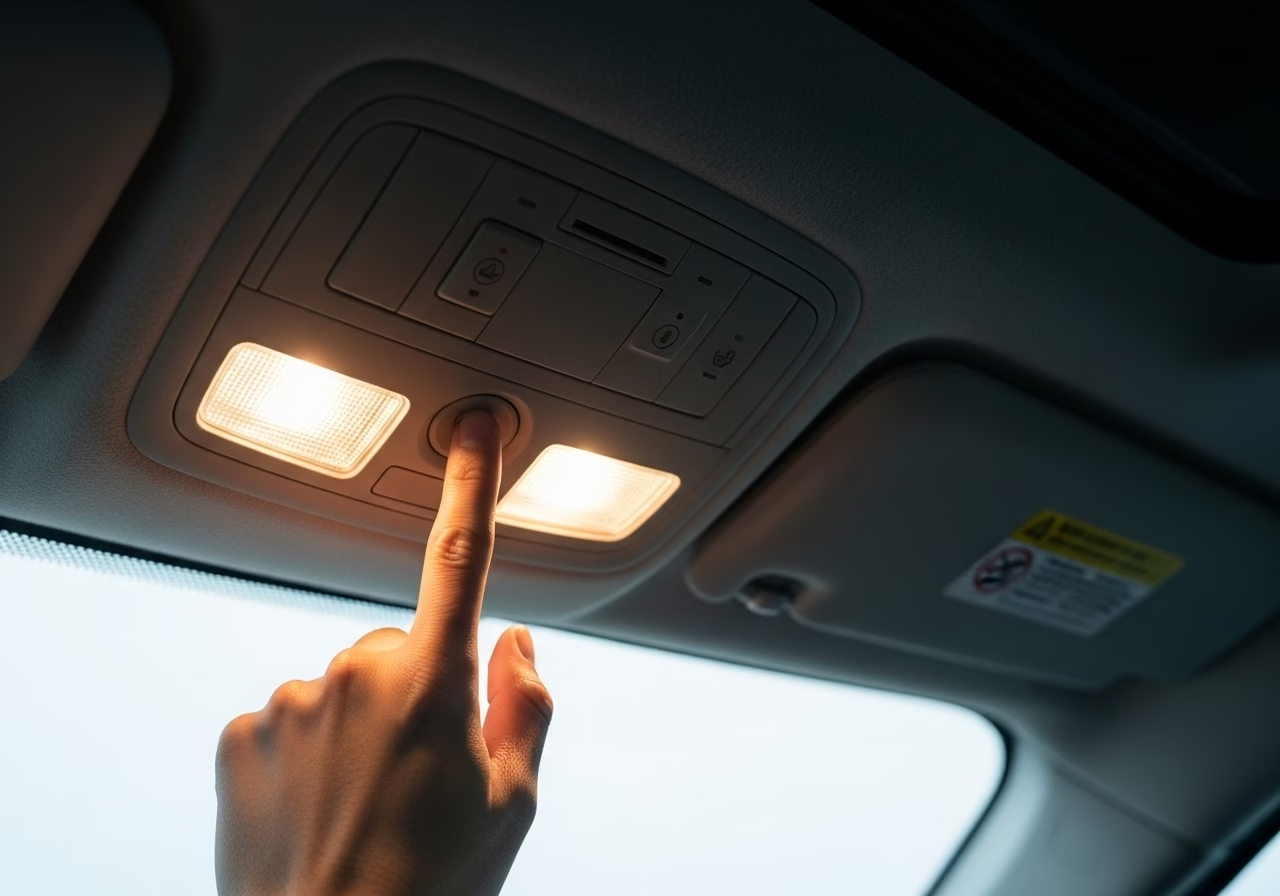
Tips for Using Car Lights Correctly
Discover more from SMOOTHSTEERING
Subscribe to get the latest posts sent to your email.

